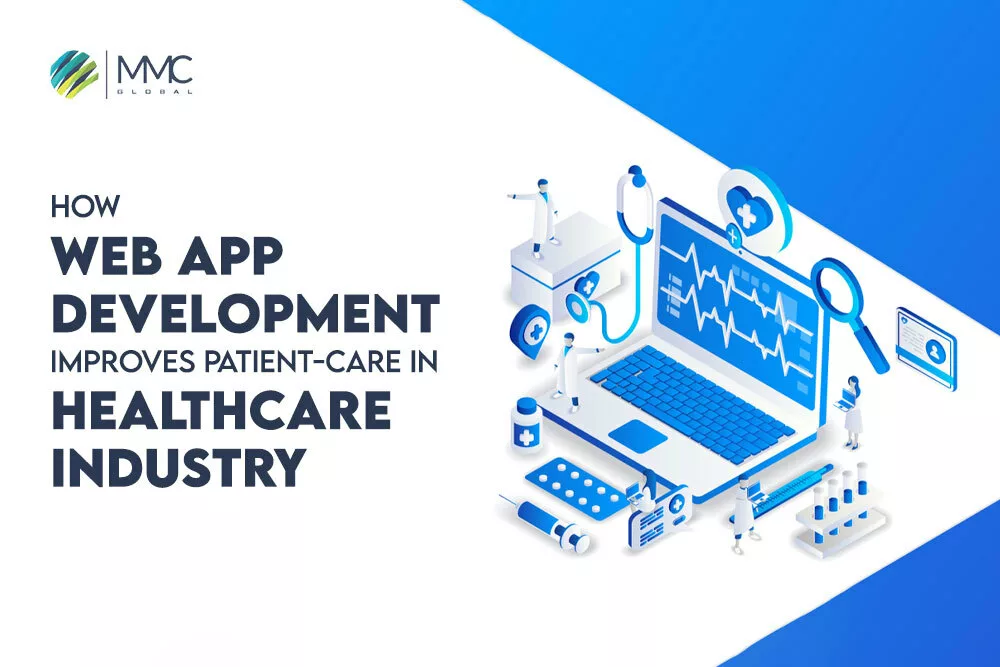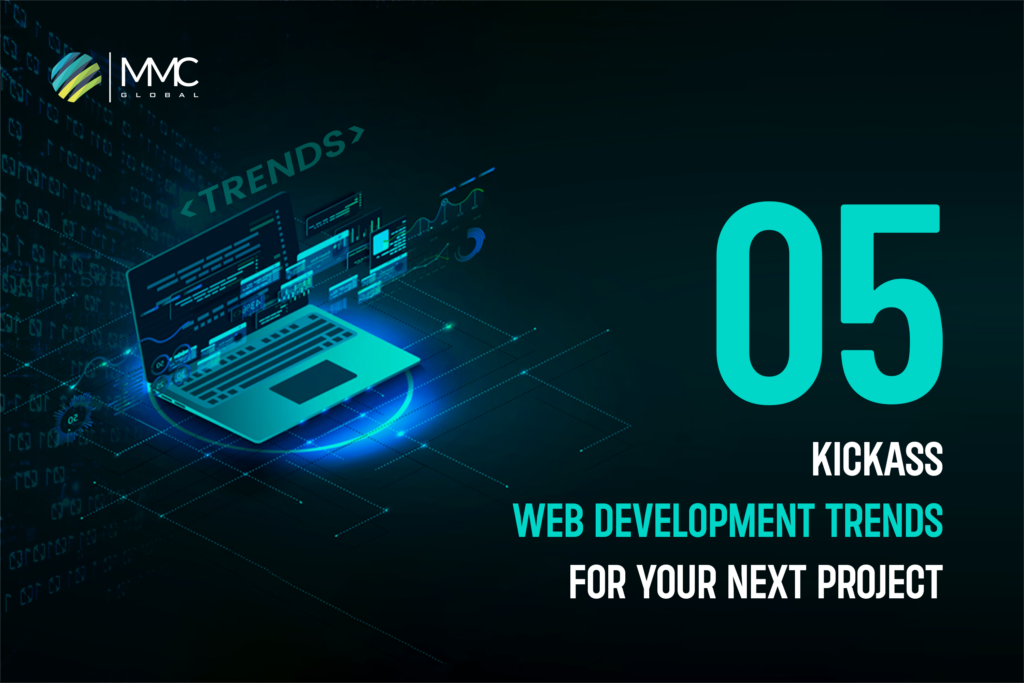The increasing number of mobile applications is remarkable, but the web app trend is still alive. The definition of web application development is simple. It is an app that can access from the browser. It looks like a website but functions like a robust application. However, the thing is web app development is at high risk. The major concern about web application development is security, which is always uncertain by hackers.
In fact, around 9 out of 10 web apps allow for hacker attacks on users. Redirecting visitors to risky resources, using phishing to steal credentials, and infecting machines with malware, adware, and spyware are common assaults.
In these uncertain and insecure internet activities, web app development becomes a new path to overcome these challenges. Using the latest development frameworks, components, and technologies, the development team ensures the protection of sensitive data and the whole website.
Read More: Popular Types Of Web Applications
Types OF Web Application Development
Web application development can be three different types. Each type fulfills the specific requirements of the web application.
Client-Side Web Apps
Client-side refers to the front-end of the web application that actually has client experience in front of them. It prioritizes the experience of navigation, graphics, connectivity, features, data collection, and all.
Server-Side Web Apps
It focuses on the back-end development of web applications, including databases, codings, APIs, servers, etc. Furthermore, the server-side code takes care of functions like verifying provided:
- Data and requests
- Storing and retrieving data in databases
- Providing the appropriate data to the client as needed
Single-Page App
A single-page web application (SPA) is a type of web application that loads and operates entirely on a single web page without the need for the user to navigate to different pages. Instead of reloading the entire page for each action, SPAs use dynamic updates to change the content on the page in response to user actions. It creates a more seamless and responsive user experience like a desktop application. SPAs are typically built using JavaScript frameworks such as React, Angular, or Vue. They often rely on APIs to communicate with servers and databases.
What is The Web App Development Experience?
When it comes to user experience over web apps, you will find it exuberant. The user experience is highly dependent on all stages of web app development, such as planning, executing, designing, developing, and deploying. With a strategic approach, you will get the outcome that you want.
A progressive web app came into the market to upgrade the user experience in web application development. PWA is a highly on-demand web application trend that is a game changer.
By definition, a progressive app is a futuristic web-cum-mobile app that can easily be accessible in the browser. It also gives an out-of-the-world user experience as the architecture of PWA contains native and hybrid features.
Without initially opening a web browser, progressive web apps may start immediately from a user’s device and can deliver alerts to a user’s mobile device. They can also operate offline and quickly load.
Web Application Trends 2023
As we move further into 2023, web application development continues to evolve rapidly, driven by technological advances and changing user preferences. In this article, we will discuss some of the latest web application development trends that will likely shape the industry in the coming years.
Progressive Web Applications (PWAs)
Progressive web applications (PWAs) are web applications that behave like native apps. They provide an immersive user experience and can be deployed on the user’s device just like a native app. In addition, PWAs are fast, reliable, and responsive, even on slow or unreliable networks. They are also highly secure, as they run in a safe container and can only access resources the user permits.
PWAs are becoming increasingly popular as businesses seek to improve the user experience of their web applications. PWAs are easy to develop and maintain, using standard web technologies such as HTML, CSS, and JavaScript. They also offer several advantages over traditional web applications, including offline access, push notifications, and background sync.
Explore more about PWA: Progressive Web App – Top 5 PWA Frameworks For Developers
Artificial Intelligence (AI) and Machine Learning (ML)
Artificial intelligence (AI) and machine learning (ML) are becoming increasingly important in web application development. AI and ML can improve the user experience of web applications. It provides personalized content and recommendations based on user behavior and preferences.
AI and ML can also automate many tasks in web application development, such as testing and deployment. This can reduce the time and cost of developing web applications while improving their quality and reliability.
Voice User Interface (VUI)
Voice user interfaces (VUIs) are becoming increasingly popular as users seek more natural and intuitive ways to interact with web applications. VUIs allow users to interact with web applications using natural language without needing a traditional graphical user interface (GUI).
VUIs can be integrated into web applications using speech recognition and natural language processing (NLP) technologies. They can be used to provide a more personalized and engaging user experience, as well as to improve accessibility for users with disabilities.
Low Code and No Code Development
Low code and no code development are becoming increasingly popular as businesses seek to reduce the time and cost involved in developing web applications. Moreover, low and no-code platforms allow developers to create web applications using visual interfaces and pre-built components without extensive coding knowledge.
By using no-code and low-code platforms, developers can save the time and cost involved in developing web applications. It also improves the quality and reliability of the app. They can also help to democratize web application development, making it accessible to a wider range of users.
Chatbots
Chatbots are becoming increasingly popular as businesses seek better customer service and support. They are automated systems interacting with users using natural language, providing assistance and information on various topics.
Moreover, chatbots have the ability to integrate into web applications using artificial intelligence and natural language processing technologies. They can be used to improve the user experience of web applications by providing personalized assistance and support.
Cybersecurity
Cybersecurity is becoming increasingly important in web application development as businesses seek to protect their users’ data and prevent cyber attacks. However, web application developers increasingly focus on building secure web applications using encryption, two-factor authentication, and secure coding practices.
Conclusion
Web application development is evolving rapidly, driven by technological advances and changing user preferences. In 2023, we expect continued growth in progressive web applications, artificial intelligence and machine learning, voice user interfaces, low code and no code development, chatbots, and cybersecurity. These trends are likely to shape the industry in the coming years, as



